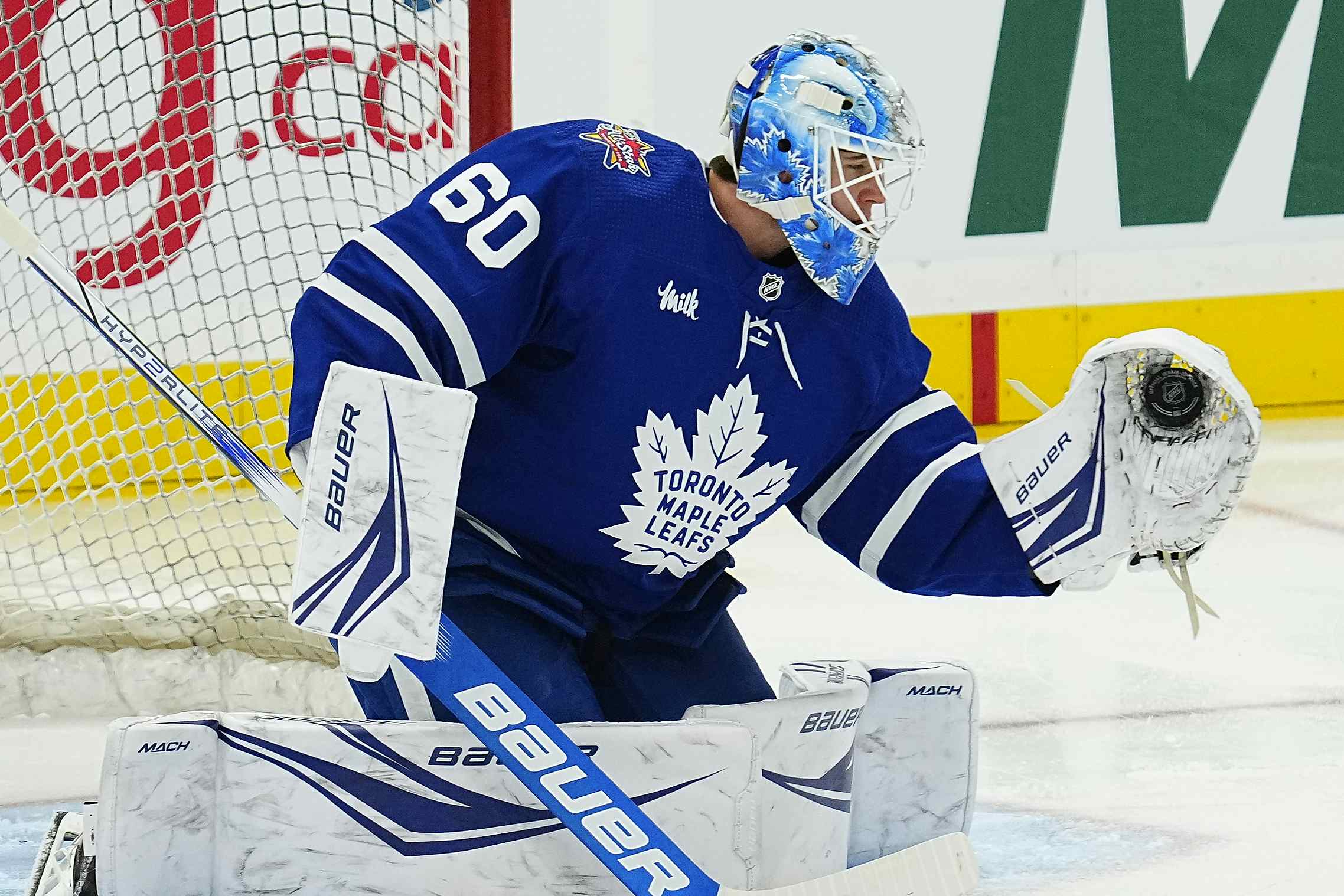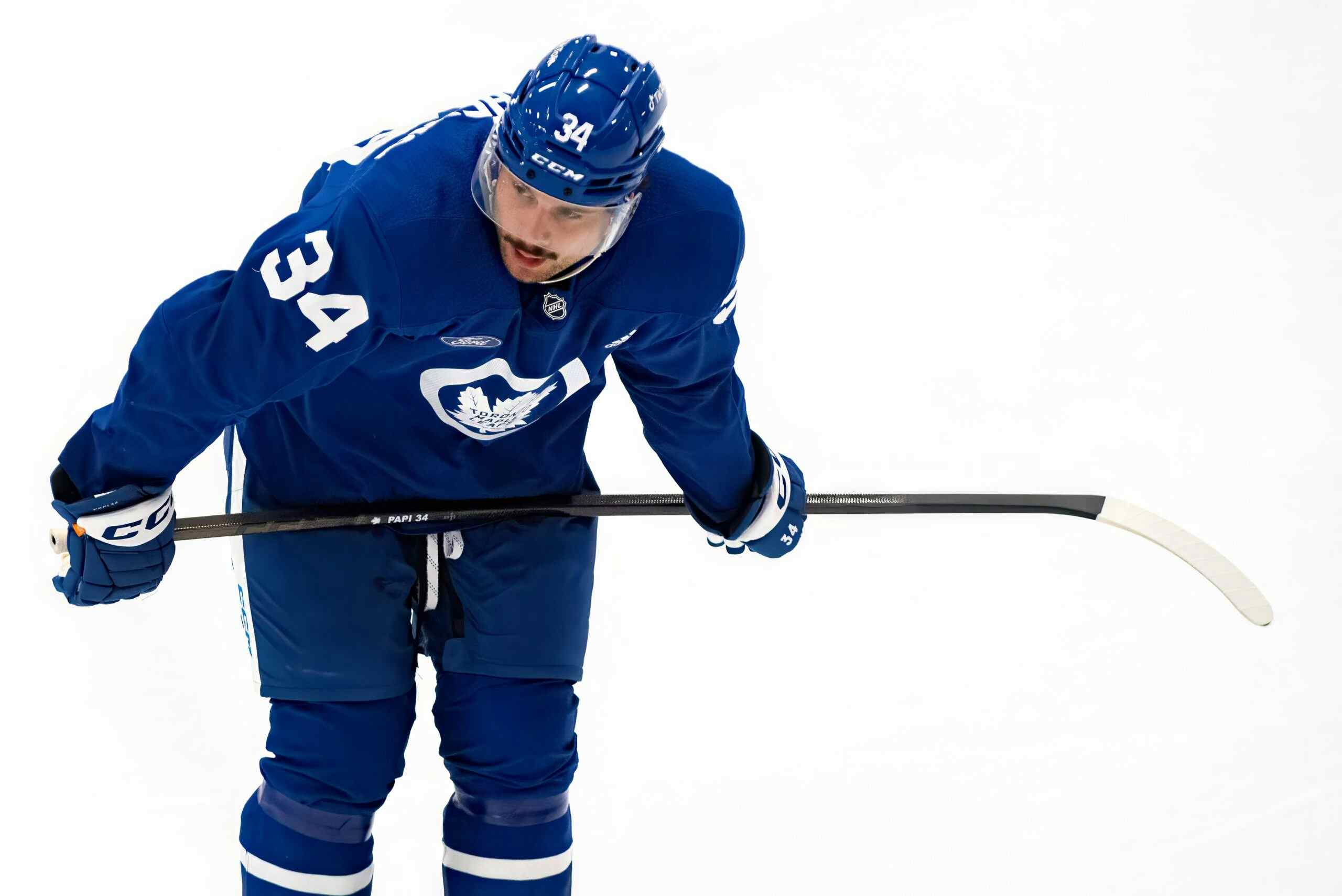The Graduate: Nazem Kadri
By Gus Katsaros
11 years ago
As the Toronto Marlies take center stage opening training camp at the end of the week, some of the attention turns to one of the first players ever brought through the system implemented by the Brian Burke regime.
Named president and general manager of the Toronto Maple Leafs on November 29, 2008 in his first crack behind the Leafs draft he produced Nazem Kadri at a sexy 7th overall in June 2009.
The London native would have been the first homegrown player to graduate from the Leafs development process, you know, if there had been an NHL 2012-13 season.
But I digress.
The first pick of the Burke regime was given ample opportunity to grow his game and he too responded with personal growth and maturation, as well as filling out physically and learning limitations.
He’s learned to integrate finesse skills, to the quicker pro game, an element he struggled with early as a young pro. He’s gained some weight, but seems to be optimal in the 190- 195 range before he has to start getting used to a new body shape.
He has a deceptive release point as the puck jumps off his stick. He anticipates where pucks are going – likely almost always close to the goal and finds soft ice. That’s the quality you’re looking for in a second line player.
That of course compliments quick hands and good puck skills at the end of the blade.
Kadri made better concerted efforts at defensive responsibility with mixed results but a work in progress. Early in his development as a pro he was transformed from a center to a winger, better suited with lessened defensive responsibilities than those attributed to a pivot.
The dangles and toe curls and high-risk plays in high-risk areas took time to filter out and he’s improved his risk assessment and reactions. He was slow to recover as a center and it made sense to move them onto the wing. A feistiness and willingness to get physical is beneficial along the wall, even though he doesn’t have the ideal frame for constant banging and crashing.
Being selected high in Toronto brings up enough expectation and the optics associated with the yo-yo between ‘the show’ and the AHL seemed less than optimal for the seventh overall pick in 2009. Being slower into becoming a full-time NHL player in comparison to others in the draft class, having played the second least amount of minutes of the top-10 picks in 2009.
Kadri represents the first player to graduate and this is where the system has to start producing legitimate NHL assets, at least three drafts into the Burke era. This is where the test begins.
It’s the onset of the next phase of assessment measuring the success of the Toronto developmental system. Also graduating is Korbinian Holzer, although drafted in by the previous regime. Carl Gunnarsson had graduated, and Matt Frattin was discovering a mutli-dimensional level that all but assured a roster spot with the Leafs – who may also benefit most with the Marlies after injuring his knee that required surgery last spring.
Deeper into the draft history, it’s a pivotal year for Jerry D’Amigo to build off an impressive playoff run to define his role moving forward. He works hard on the ice and has become a puck hound, chasing down plays and creating turnover pressure. He may be a longshot to make the Leafs but could use the relative success of last spring to build upon. The same opportunity that afforded Joey Crabb could appear for D’Amigo, he has to be ready for that.
In an ideal world, Kadri is inserted into the spot were Clarke MacArthur currently occupies on the roster. Even if he becomes a viable third line winger with 20 goal capability, he could compliment Nik Kulemin on the other side where he seems to slot better as a solid defensive presence and ability to score 15 to 20 goals.
That’s not a bad third line.
Spending some more time in the AHL could also be a very good factor especially after going through a shoulder injury that knocked him out of the finals after being a fundamental asset in the Marlies playoff push in 2012.
The addition of Keith Aucoin also adds another skilled element into the Marlies roster, something that could help Kadri adapt to the higher skillset of the NHL, should they both be paired together. That’s something to watch for as camp progresses and into the preseason.
Related:
Recent articles from Gus Katsaros





